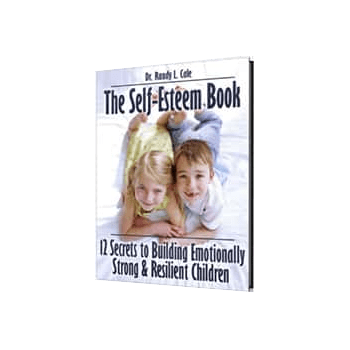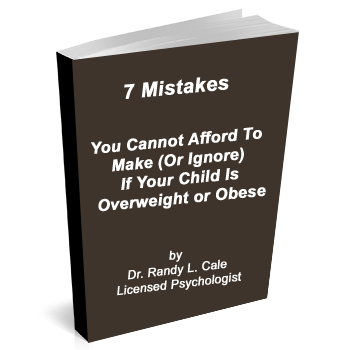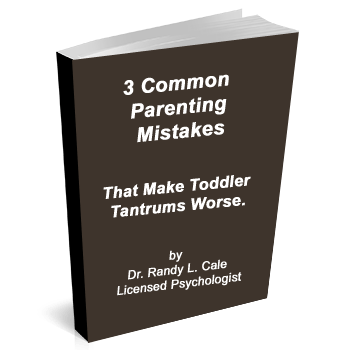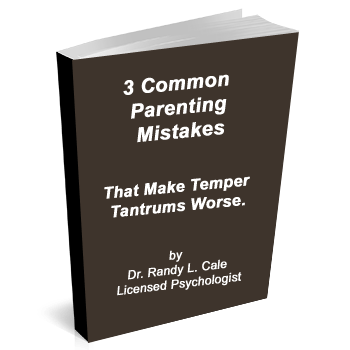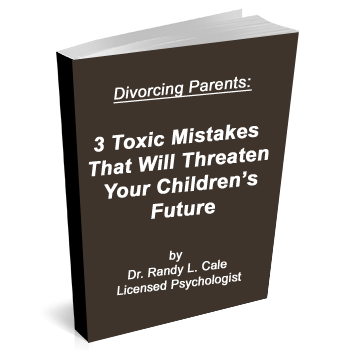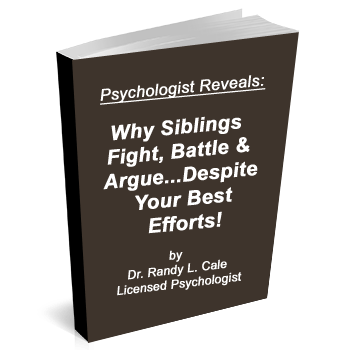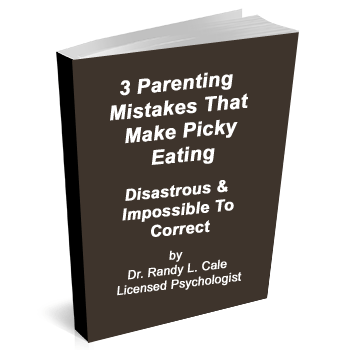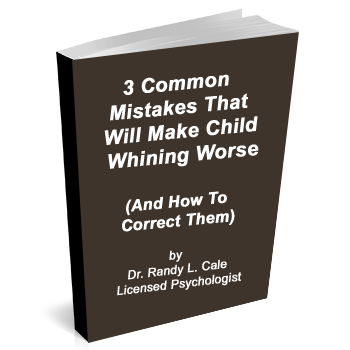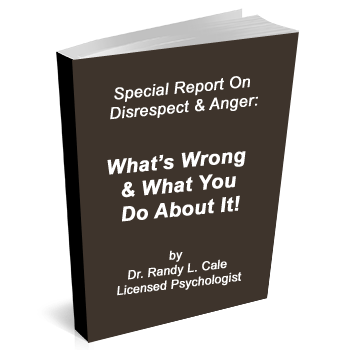A mom recently told me, “If I hear I’m bored one more time, I’m going to lose it.” I nodded sympathetically. Then she added, “And I’m just as bad-I can’t sit still for a second without reaching for my phone. What happened to us?”
What happened, indeed? We’ve collectively fallen under the spell of a lie. A sweet-sounding, dopamine-drenched lie that whispers, ‘You should always be stimulated.’ As a result, the moment stillness creeps in-boom!-boredom strikes. And like a mosquito in the night, it buzzes until we swat it away with something… anything.
Let’s pull back the curtain on this very human (and very modern) condition we call boredom.
Boredom Isn’t Real. But It Is Dangerous.
Here’s the truth bomb no one likes to admit: boredom isn’t a real problem. It’s a construct. An illusion we’ve invented to explain the unsettling discomfort of not being stimulated.
Once upon a time, being still was normal. Silence wasn’t feared. Children sat with themselves, made up games, stared at clouds, or dug holes in the dirt just to see what was there. Adults paused, pondered, and reflected-without the twitch to scroll, binge, or swipe.
Now? That inner quiet feels intolerable. And for kids, it’s practically a crisis if there isn’t a screen, a plan, a sport or a snack in hand. Boredom has become the default label when there’s nothing immediate to distract the brain. But that’s exactly where the magic used to live: in the quiet, gentle finding, creating and discovering.
The Parental Trap: Stop Feeding the Boredom Beast
We love our kids. We want them to be happy. But in the pursuit of happiness, many of us have become chronic entertainers, chauffeur-therapists, and on-call cruise directors. The result? Kids lose their capacity to self-generate joy, creativity, and focus. Why should they try when someone else is always ready to solve “I’m bored”?
Moms…Dads…Here’s the fix: stop feeding it. That means no immediate suggestions. No rescue attempts. No guilt about how you should help them find happiness – right NOW! And, not generating idea after idea. Instead, when the inevitable “I’m bored” shows up, try this calmly neutral response: “Okay. I’m sure you’ll figure something out.” Then… walk away.
Yes, walk away. Don’t make eye contact. Don’t get pulled into the drama. Let your child’s creativity wrestle with the empty space. Let them meet the discomfort of their own mind. This is how emotional resilience is born.
If you’re consistent-and brave enough to withstand the initial groans and eye rolls-you’ll watch your child grow their ability to sit with life as it is… not just as they want it to be.
Adults: It’s Time to Retire the Word Bored
And what about us grownups? We’ve been sold the same illusion-that every moment needs to be filled, or it’s meaningless. So we text while waiting in line, scroll while watching TV, play video games for hours, check out Facebook, REACHING for stimulation in every silent gap. Ironically, we’re busier than ever and yet often feel… empty. This is not my opinion; it’s the overwhelming data growing stronger year by year. The more we do, the more we chase an experience that will satisfy.
Yet, the more we chase, the more we want, with very limited satisfaction following. (If it were so satisfying, wouldn’t we want to linger, pause, and cherish those satisfying feelings? Notice: We do not do that.)
Maybe consider a change? Let’s start by vetoing the word “bored” from our vocabulary. Not because it’s evil-but because it leads us down a false, unfulfilling path. The mind that labels boredom is simply a mind that’s uncomfortable being without something to entertain it right now. Being simply ‘present’ is feared. And the mind that’s uncomfortable being present is one that will never be satisfied, no matter how much you feed it.
Instead, when inclined to boredom, consider stopping and contemplating something different. Try these:
- I’m open to what’s next.
- I invite a bit of stillness right now.
- Where can I find joy without adding more?
- Who do I love, and what can I savor about them for a few moments?
- Can I be still… here… now?
- Where is there beauty I can notice and enjoy?
- Let me just be with my breathing for five minutes… see what arises.
- What’s already in my life that I haven’t fully appreciated today?
- What could I hear, that I have never really listened to before?
These aren’t just fluffy affirmations. They’re brain hacks. These simple questions and statements rewire our focus toward curiosity, gratitude, and peace-not dopamine.
Quietness…Stillness…Pausing: Is Not Emptiness. It’s Opportunity!
Here’s the big shift: instead of reacting to quiet as if it’s a problem, we begin to see stillness as the entry point to deeper experience. That’s where creativity lives. That’s where intuition lives. That’s where your best insights, your strongest sense of self, and your emotional stability come from.
If you constantly fill the space, you miss the power of the pause. If you constantly “fix” your child’s boredom, you deny them the opportunity to build resilience, imagination, and focus. And if you continually label your discomfort as boredom, you give up the very gift your nervous system is begging you for: a little peace.
A Gentle Nudge for the Restless Mind
In our practice, we often see both kids and adults stuck in this loop-chasing more, while enjoying less. That restless brain keeps seeking stimulation, but rarely finds peace. Neurofeedback offers a research-backed, drug-free way to help calm the overactive mind and restore the brain’s natural rhythm of engagement and stillness. Reach out at CapitalDistrictNeurofeedback.com to learn more.
Conclusion: Can we raise a generation that doesn’t fear the quiet and needs to constantly chase ‘What’s next?’ And can we live as adults who no longer need to chase stimulation to feel alive? I wonder…






